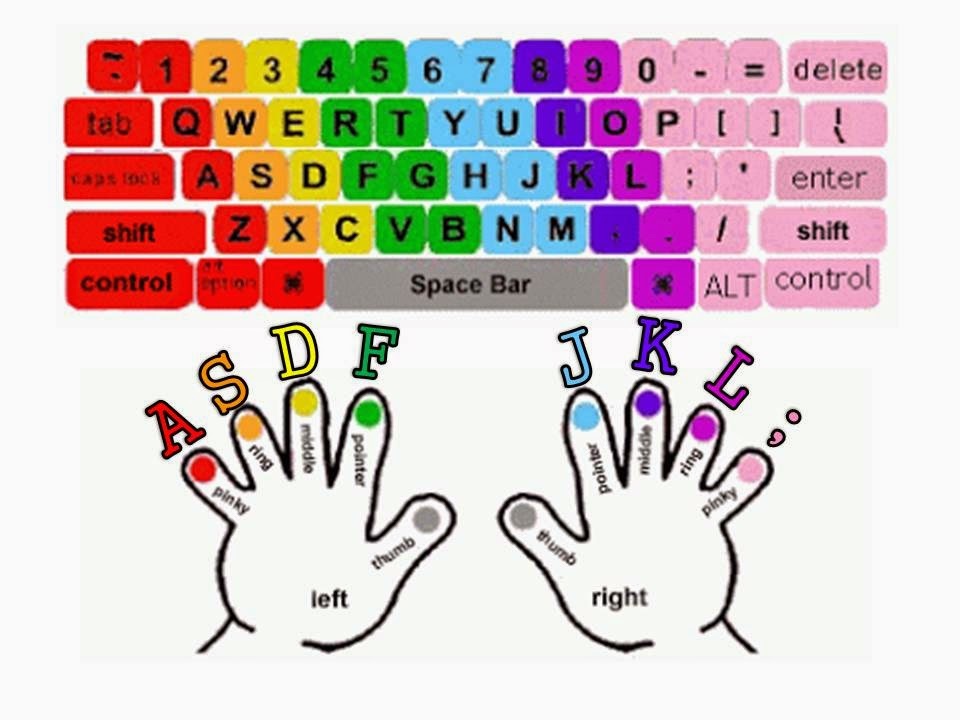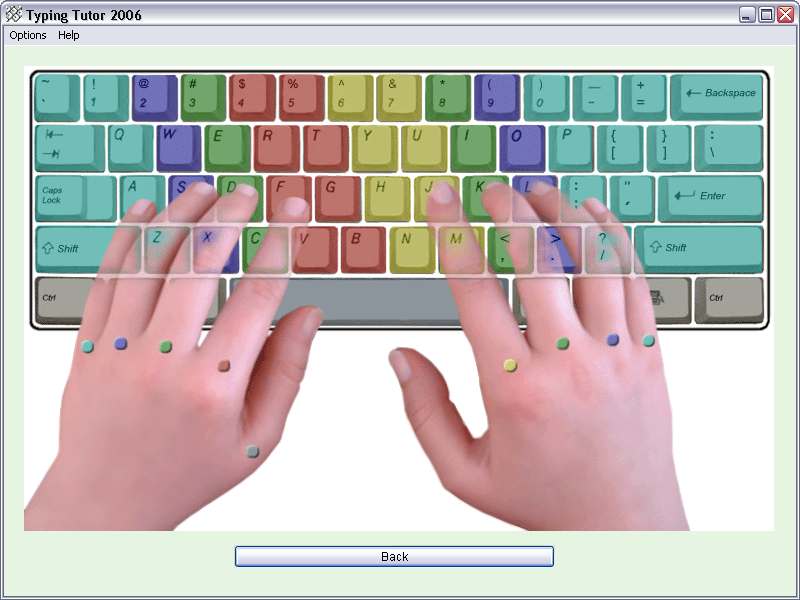
Place your right arm out in front of you with your elbow straight and palm facing down. Try to incorporate this simple forearm and wrist stretch into your daily routine. Keep your shoulders relaxed and elbows close to your body. Consider using keyboard shortcuts to repeat common tasks. If you use a wrist pad, push it flush against the keyboard, and only use it when resting. Resist resting your wrists on the desk, keep your wrist and forearm floating as you type. Keep your wrists straight, not flexed upwards or downwards. Type lightly, it is more efficient and will prevent your fingers from getting tired. When typing, keep your fingers relaxed. Position your keyboard so you can type comfortably while sitting in a chair with your back supported. You shouldn’t have to reach for your keyboard. From here, your hands and wrists should be straight or neutral such as this image. Watch out for this and take note of your typical hand and wrist position.Ĭorrect typing position is where your neck and shoulders are relaxed, elbows are by your sides at a 90-degree angle. Sometimes keyboard size can have an impact on this, for example, a larger keyboard may cause you to bend your wrist towards the little finger more. In the above positions, the wrist is bent towards the thumb or towards the little finger. Good typing ergonomics can keep you productive and pain-free as you work. Over time, an awkward position of the hand and wrist may cause stress and strain and potentially lead to injuries. YOUR HAND, WRIST AND FINGER POSITION AS YOU TYPE In this posture, you will put excessive strain on your upper back, neck, and shoulders. Position the the keyboard directly in front of you, this is to reduce the need to rotate your body as you type.Ī common mistake when placing your keyboard – Keyboard too far away. Keep your shoulders and elbows relaxed here. Place your keyboard just below elbow level, from here, you should be able to comfortably place your hands over your keyboard with yo ur elbows close to your body and at 90 degrees. Your keyboard should be flat on the desk or sloping gently away from you. When discussing typing and ergonomics, correct placement of your keyboard is the first consideration. Prevention of issues is always the best approach! POSITION OF YOUR KEYBOARD FOR TYPING When you break your day down, do you spend a high proportion of your time typing? If so, learning about correct ergonomic typing position and technique is important for you. Often, when it comes to typing, it is not until the first signs of pain or discomfort that we consider what we are doing and how it may be impacting on our comfort. Without a proper learning method, it is much harder to learn touch typing.Do you ever think about the way you position your body as you type? Many of us will have heard about repetitive strain injuries such as carpal tunnel syndrome. The method of learning is of great importance. TOUCH TYPING FINGER PLACEMENT HOW TO
Learning touch typing is easy if you know how to learn it. Or, it might take less time, if you practice often. It might take a month or more, depending on how often you type by instructions given here. Without thinking about it, you will stop looking at the keyboard. To type an uppercase letter, the best strategy is to use the other hand to press the shift key.Īfter some time, your hands will learn the positions of keys automatically. Don’t type blindly yet, do it by looking at the keyboard. After some practice, you can return to the basic position less often, but always hit each key with the correct finger. Return your hands to the basic position after each letter. When you type, look at the keyboard and try to hit each key with the correct finger, according to the typing zones. You have already learned the typing zones. You can adjust typing zones to suit your preferences, but once you have found a comfortable finger map, stick to it. The arrangement given on the image is a recommendation. Learn which finger to use for which keys by studying the image below. Learn Typing ZonesĮach finger should strike only particular keys. You have already learned the basic hand position.

Your fingers, excluding thumbs, should rest on colored keys marked by dots. The F and J keys have a little bump on them.

In the basic position, your hands are on the middle row and the index fingers are on the F and J keys. To learn it, read the following instructions carefully:

The skill of touch typing is useful to programmers. It's easy to learn touch typing if you have a good guide.

Learn touch typing in three simple steps.








 0 kommentar(er)
0 kommentar(er)
